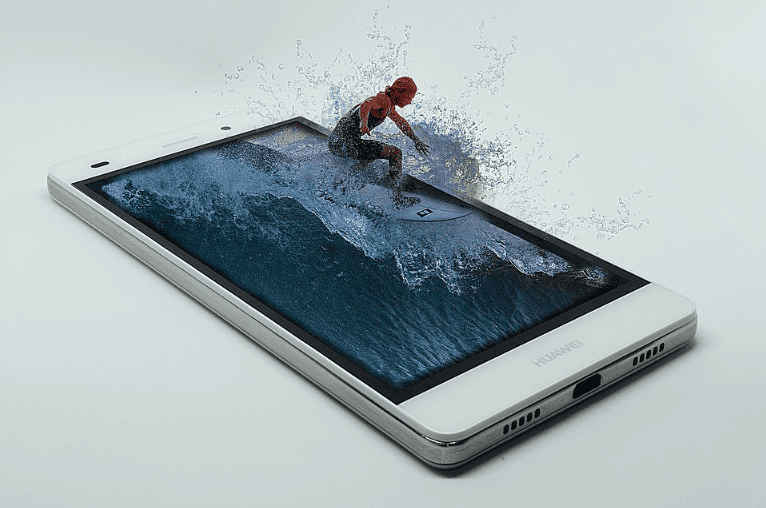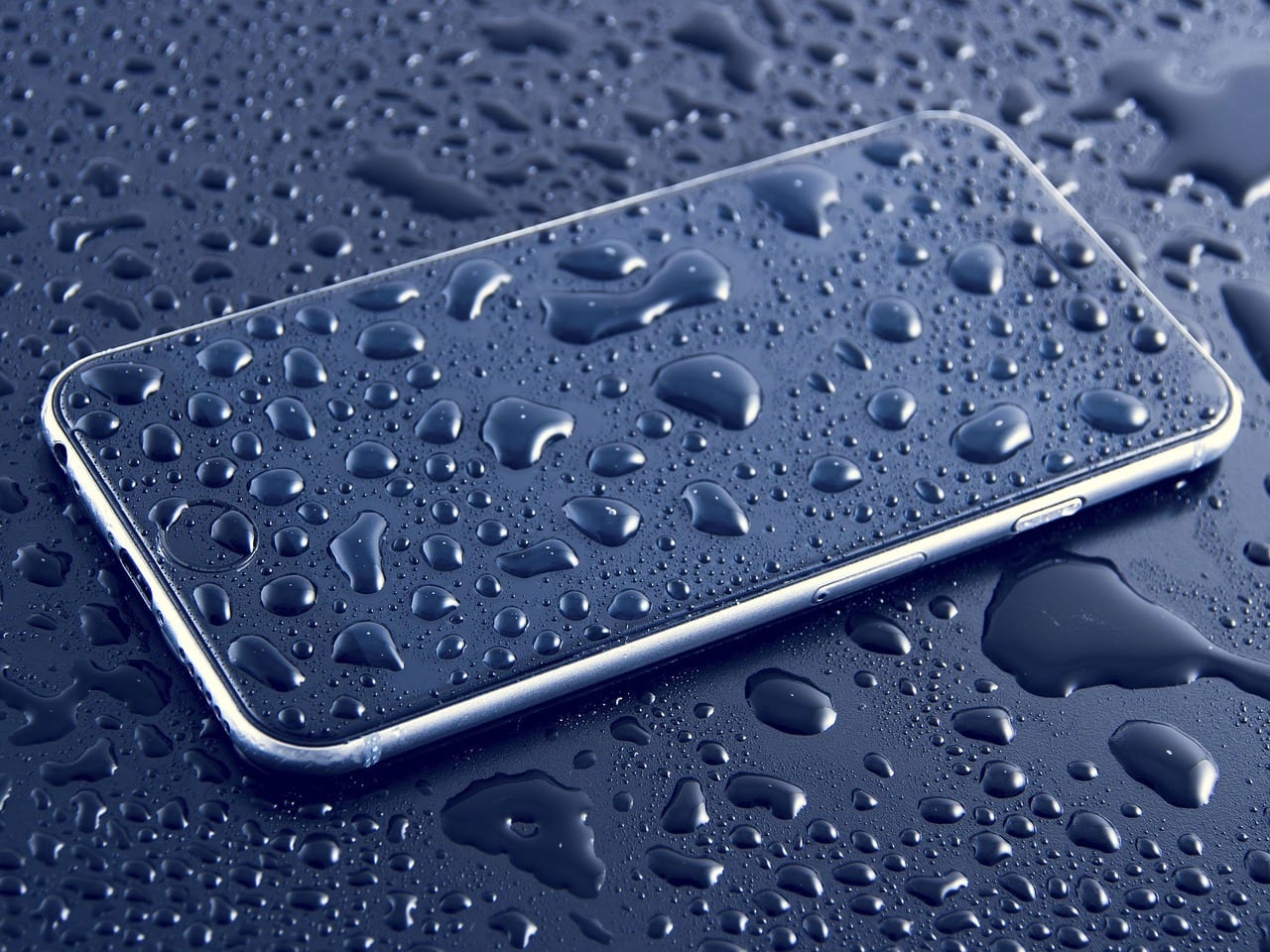Good news! There are now ways to waterproof your smartphone.
And, no, the list doesn’t include a Ziploc bag. The options might not be 100% fail-proof, but you won’t have to leave your mobile phone behind when you hit the beach or go fishing if you give these tricks a try.
Fact: Water and electronics don’t mix.
This makes the vicinities of toilet, swimming pool, and washing machine perilous places for your smartphone. But with the right accessory, you can waterproof your phone and protect it from accidental liquid deaths.
What You Need to Waterproof Your Smartphone
1. Waterproof Phone Case


Available hard and soft, this accessory is essentially a watertight, protective container for your mobile. Just stick your device inside, seal the case closed, and voila! Your smartphone is now waterproof.
What is great about a waterproof phone case is that it allows full access to all buttons and ports. It is also available for a wide range of brands.
A hard case, however, can be a bit bulky and tend to muffle the sound output or your voice. But on the plus side, it offers protection against shock, sand, dirt, rain, and snow. It is ideal for use in rugged outdoor environments.
When choosing a hard waterproof phone case, take note of the following:
Waterproofing Depth
How deep the phone can be submerged until waterproofing becomes nil.
Waterproofing Time
How long can your smartphone be submerged in water? 1 hour? Half an hour? A few minutes?
Waterproofing Guarantee
Some brands don’t guarantee waterproofness when your phone is submerged. Make sure this is not the case before you buy or use a phone case.
2. Waterproof Pouch or Dry Bag
Less expensive than a hard case, a waterproof pouch or dry bag for your mobile phone is a more affordable alternative yet delivers the same level of waterproofness.
When it comes to durability and shock proofing, however, you’ll find the pouch less than desirable. But hey, you can always be extra careful with your phone if you choose this particular product. Don’t even think of dropping it.
Like the waterproof hard case, it also offers protection from rain, snow, dirt, dust, and sand.
Accessing your phone, however, tends to be a bit difficult since the bag won’t mold to its shape. Underwater use of the camera will be limited as well.
Most manufacturers of a waterproof phone pouch or dry bag don’t usually advertise waterproofing depth and time but the waterproofness guarantee is typically 3 feet. Unless you have a pouch made by JOTO, which is advertised to be 100-feet submersible, it is best to use a pouch for casual water activity, such as visiting a waterpark, swimming, fishing, or boating.
3. Nano Coating
This involves placing your smartphone in a vacuum chamber where vapor-based Nano coating is deposited until a waterproof film forms on and around your phone, covering the device completely.
The coating mimics the shape of your phone so access to any of the buttons, controls, and ports is not hindered in any way. Think of the Nano coating as your mobile’s skin-tight second skin.
This coating, however, is not recommended for submersion and is best only for everyday protection from liquid damage, such as rain or humidity.
Some brands, however, claim to guarantee waterproofness when a Nano-coated device is submerged for 30 minutes or less.
4. Waterproof Phone Skin
This is thin film adhesive you can use to wrap your smartphone and waterproof it. An inexpensive version of a Nano coating, if you think about it.
For its low cost and non-bulky format, however, it does come with several downsides.
- Poor sound quality
- No access to ports.
- Skin must be removed to charge your phone.
On top of these, the waterproof phone skin has an expiration date. You can only use it a limited number of times before it is rendered useless. Best used as protection against spills, rain, and other forms of liquid damage.
No Phone Waterproofing Accessory Is 100% Fail-Proof
Obviously, you can’t rely on the waterproof phone skin fully. You can do so with the waterproof hard phone case, pouch, and Nano coating but these will fail at some point as well.
Wear and tear will happen and render the product defective. You must check a waterproof pouch or dry bag for holes and tears each and every time you use it.
The slightest crack on a hard waterproof case will weaken it and potentially let the water in. Nano coatings can last 1 to 2 years but re-application is recommended every 6 months.
In some cases, failure happens because of poor or incorrect installation.
It is recommended that you know your options for waterproofing your smartphone and to make sure that you fully understand the risks of every product so you can better take care of it and use it as designed.
So what’s your choice of smartphone waterproofing trick?


